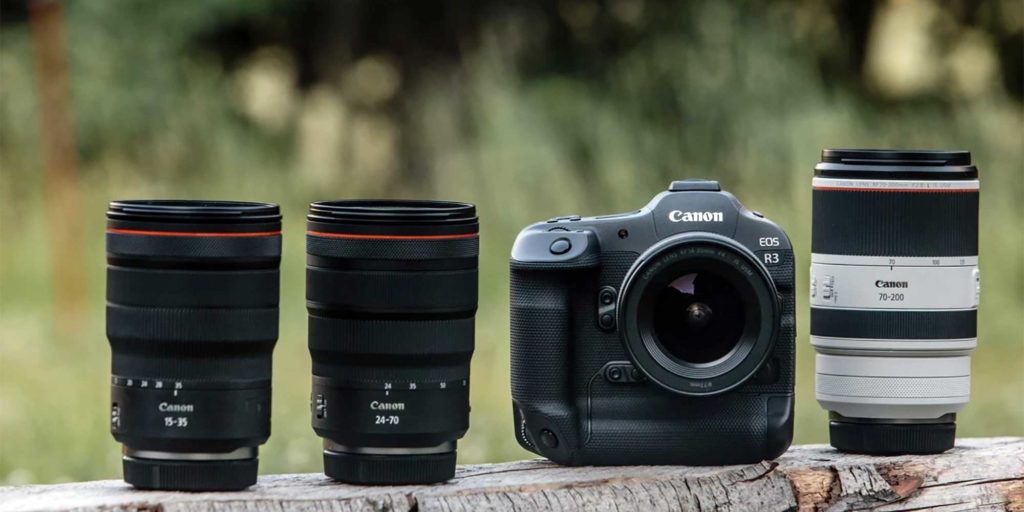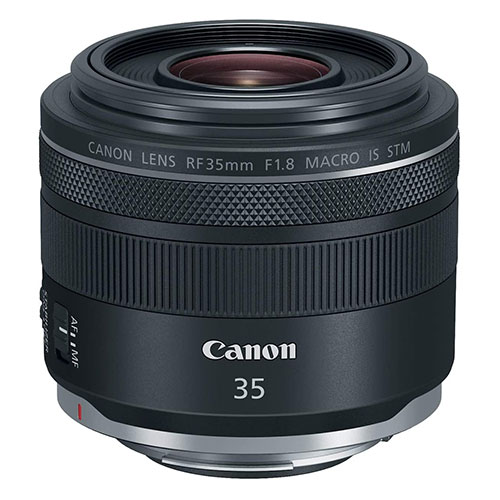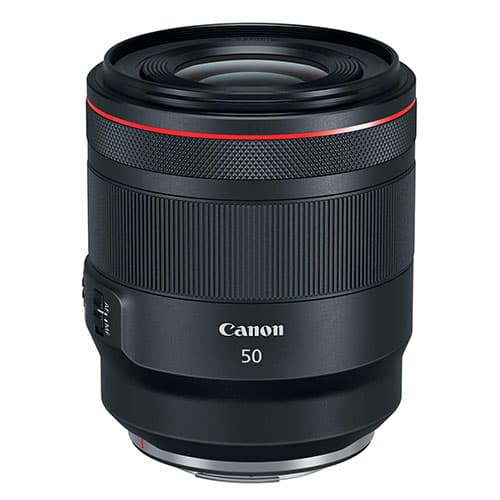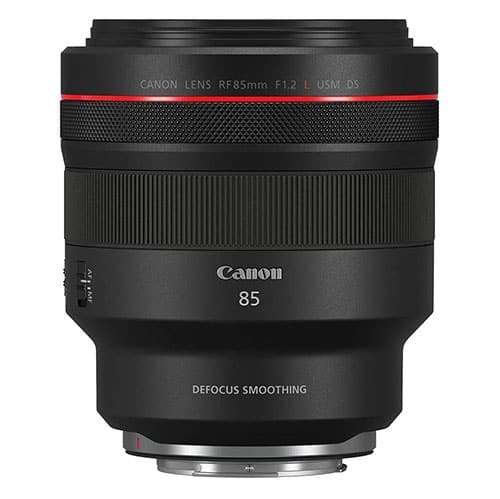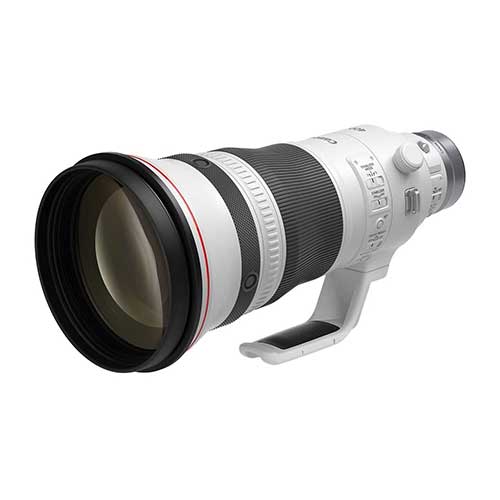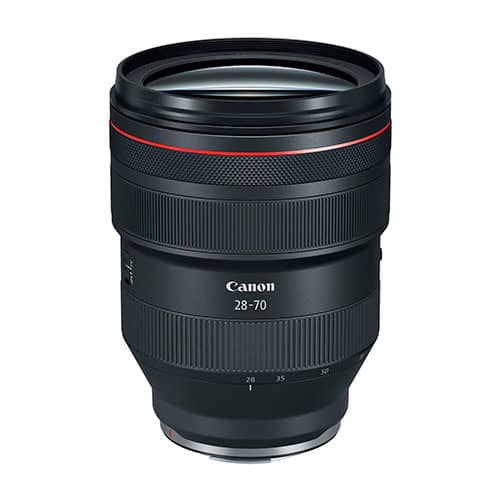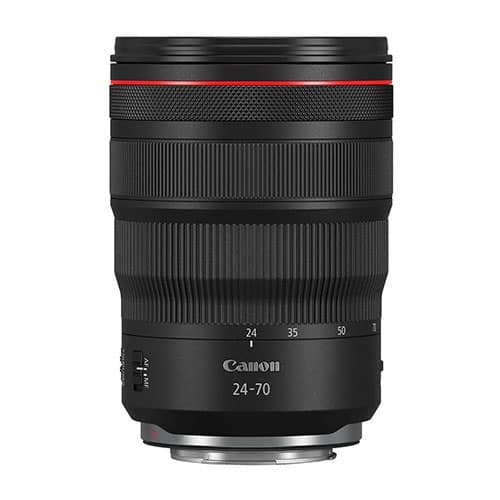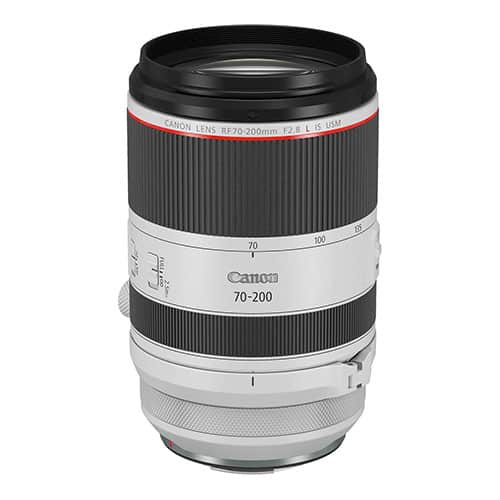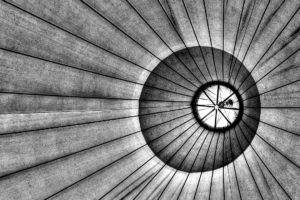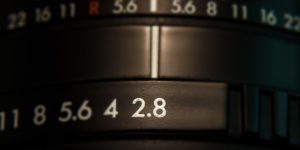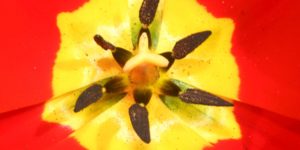The R3 is all about freezing the moment.
In fact Canon is pushing this camera as its flagship offering for sports, wildlife, and photojournalism – across both stills and video. Which gives you a pretty good idea of its action-capturing capabilities.
And to be sure, the EOS R3 comes with some impressive specifications that make it particularly well suited to fast-paced shooting.
From its ultra-rapid burst rate (30 fps electronic, or 12 fps mechanical), to 8-stop optical image stabilization, through lightening fast and super accurate AF tracking with eye control, the R3 is undoubtedly a fantastic tool for both advanced amateurs and professional photographers accustomed to working in the thick of it.
And the 24 megapixel full-frame stacked CMOS sensor doesn’t hurt either.
As awe-inspiring as the EOS R3’s performance is, though, to get the most out of this camera you really need to pair it with some similarly impressive glass.
Which is the best wide angle lens to use with the Canon R3? Should you go for a standard lens, too? And what about telephotos? A prime or a zoom?
In this guide I answer all!
Best Wide Angle Lens for the Canon EOS R3
Canon RF 35mm f/1.8 IS Macro STM
The first thing to note about this lens is its supremely bright maximum aperture of f/1.8. That’s faster than any other RF wide angle currently available.
So if you regularly shoot in less-than optimal lighting conditions, or need to achieve the fastest shutter speed possible in order to freeze action, the RF 35mm f/1.8 MACRO should be top of your RF lens wishlist.
And while you’re not forced to use this solely for macro shooting, a wide angle lens that permits 1:2 scale reproduction of close-up subjects will likely come in handy for most photographers sooner or later.
What’s more, images produced using this lens are characterized by excellent sharpness from corner to corner. With performance in this area only improving as you stop down to smaller apertures.
True, contrast could be a little more impressive in the corners when used at f/1.8. But even this issue clears up by the time you get to f/2.8.
A little less positive, however, is the fact that the lens displays both barrel distortion and some quite noticeable vignetting. As ever, though, these are not difficult issues to fix by means of software (indeed, simply switch on in-camera corrections and they magically disappear).
Overall, then, this lens’s optical performance will be more than enough to leave most photographers very satisfied indeed.
There is one exception, however; those who regularly shoot astrophotography. This is because some comatic aberration is evident in the corners of the frame. Which in practice means smeared star trails.
Astrophotographers should also be aware that – as with all of Canon’s RF lenses – “manual” focusing is actually an electronic simulation, rather than true mechanical control. Which can make precise focusing on infinity something of a chore.
Still, this really is the best wide angle lens that Canon currently offer in the RF line. That being the case, more demanding night sky shooters may want to consider third party options instead.
For everyone else though, the 35mm f/1.8 MACRO will make an excellent wide angle companion for the R3 body.
Other points in the 35mm’s favor include excellent optical image stabilization. And as with all these Canon RF lenses, autofocus is very fast and accurate too.
Despite being priced in the mid-range for a Canon lens, build quality is also very reassuring. However, if you are a hardworking photographer who typically submits gear to heavy punishment without worrying too much that it will let your down, do note that the the RF 35mm f/1.8 MACRO is not weather sealed.
So you won’t want to be out shooting under monsoon rains or slinging this thing around in desert sands.
To sum up, then, the RF 35mm f/1.8 is more affordable than the average Canon RF glass, yet offers some quite impressive specs.
Not least of all sharp image quality and a beautifully fast max aperture. For this reason I can fully recommend it to the average EOS R3 owner looking for a general purpose wide angle lens for daily shooting.
Best 50mm Lens for the Canon EOS R3
Canon RF 50mm f/1.2L USM
Standard lenses are often overlooked by noob photographers. Simply because they don’t offer the easy-drama created by wider or longer focal lengths.
But more experienced shooters know that a well-composed shot produced using a 50mm lens will shine like no other.
Indeed, if you can pull off a strong image using a lens with such a neutral perspective, it’s clear that it all comes down to your photography skills – rather than anything inherently interesting about the lens itself.
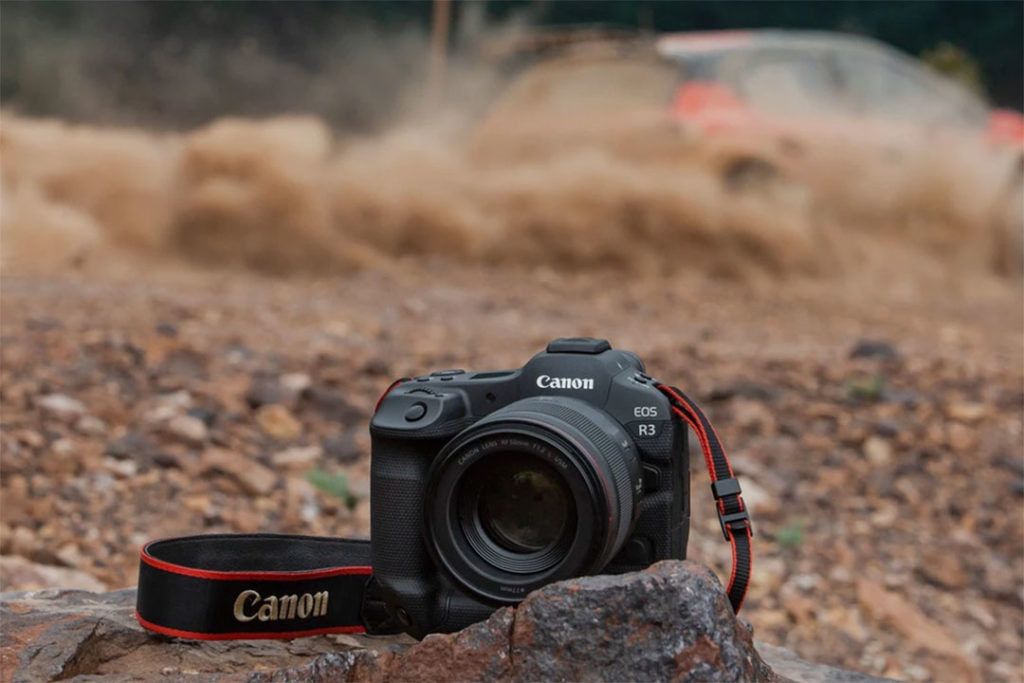
And when it comes to standard lenses for use with the Canon EOS R3, they really don’t come any better than this one.
Take that f/1.2 maximum aperture for a start.
One of the absolute fastest of the native lenses available for the EOS R3, the Canon RF 50mm f/1.2L USM is a great go-to prime lens in situations where you need to capture as much light as possible; whether that be in order to keep your ISO low, your shutter speed high, or simply because you want to achieve a narrow depth of field.
And with this lens you’ll probably want to blur your backgrounds pretty often to be honest, as bokeh is very attractive indeed.
Indeed, the main draw of the 50mm f/1.2L is undoubtedly its image quality, which is truly excellent both in terms of aesthetics and precision.
In fact I’m not exaggerating when I say that optical performance here is near-flawless, almost from one edge of the frame to another. Both in terms sharpness and contrast. A very impressive result indeed.
If we’re going to nitpick, then yes, there is a tiny amount of barrel distortion when the lens is used wide open, and some very noticeable vignetting at the widest aperture.
But the fact is that in-camera corrections deal with these issues without even breaking into a sweat, so they are not really worthy of our concern.
Although constructed largely from plastic, build quality nonetheless seems pretty good. And thankfully the lens mount is metal and the gasket comes weather sealed. In short, there’s nothing to worry about here either.
The autofocus system is fast and accurate – just as we would expect from Canon. Although admittedly it’s perhaps not up there with the brand’s very top of the range models. Which, given the price of this thing, is perhaps just a little disappointing.
Also note that there’s some noise detectable from the autofocus motors. Meaning that this is not the best option for videography – unless using an external mic.
Finally, as with many of these RF lenses, the 50mm f/1.2L features a customizable control ring, to which you can assign whichever feature you find most useful.
All in all, then, autofocus and build quality could be a little more impressive – especially considering the price. But for anyone who cares about image quality above all else, the results produced by this lens are just too good to refuse.
And with that f/1.2 aperture, the deal is well and truly done.
Best Telephoto Lenses for the Canon EOS R3
Canon RF 85mm f/1.2L USM
The first telephoto lens for the EOS R3 that I will recommend is the 85mm f/1.2L. As it has a focal length of 85mm, this lens is of course great for portraits.
But it’s no less impressive when used for travel, fashion, weddings, and events photography – among other genres.
And with its beautifully fast maximum aperture, it’s a lens that will particularly appeal to photographers who either work with natural light or simply revel in maximum background-bokehry.
Image quality is definitely one of the biggest draws here. Even when used wide open, images are tack-sharp from corner to corner. Plus vignetting is minimal, and there’s basically no distortion at all. Yay!
Autofocus works very well, too – despite employing a not-quite-state-of-the-art-anymore ultrasonic motor – and Eye Detect AF is fast and reliable.
Videographers should be aware, however, that the AF system does produce a little noise when focusing. So either reach for an external mic, or continue your search elsewhere.
The lens is fairly big and heavy. But if anything, quite reassuringly so. And the build is both reassuringly solid and comes with a degree of weather sealing.
All things considered, then, this is a genuinely superb piece of glass. Albeit not an especially cheap one.
Note that there are actually two versions of this lens; the regular one that I’m recommending here, and a DS (“Defocus Smoothing”) version.
What’s the difference?
In a few words, the DS version contains apodization elements that help to achieve a soft-focus effect; however it also costs a few hundred dollars more, and effectively has a smaller maximum aperture (and therefore cannot achieve quite as shallow a depth-of-field as the non-DS version).
Go for the DS lens by all means, if you really want the advantage of ultra-feathered bokeh. Just keep in mind that, while the effect looks great on portraits, it’s perhaps less useful for other styles of photography where edge sharpness is of greater importance.
Canon RF 400mm f/2.8 L IS USM
In need of more reach? Got serious money to burn? Canon’s RF 400mm f/2.8 L might be just what you’re looking for.
I’m talking real money though. In fact crazy money.
However, as I’ve said elsewhere, producing a super sharp, super fast, and super long telephoto lens requires real investment from a camera maker too.
In fact I’d be willing to be that a lot of money went into developing and manufacturing this thing.
So just because it’s too expensive for me personally, doesn’t mean that isn’t worth every cent of the asking price for those who can afford it.
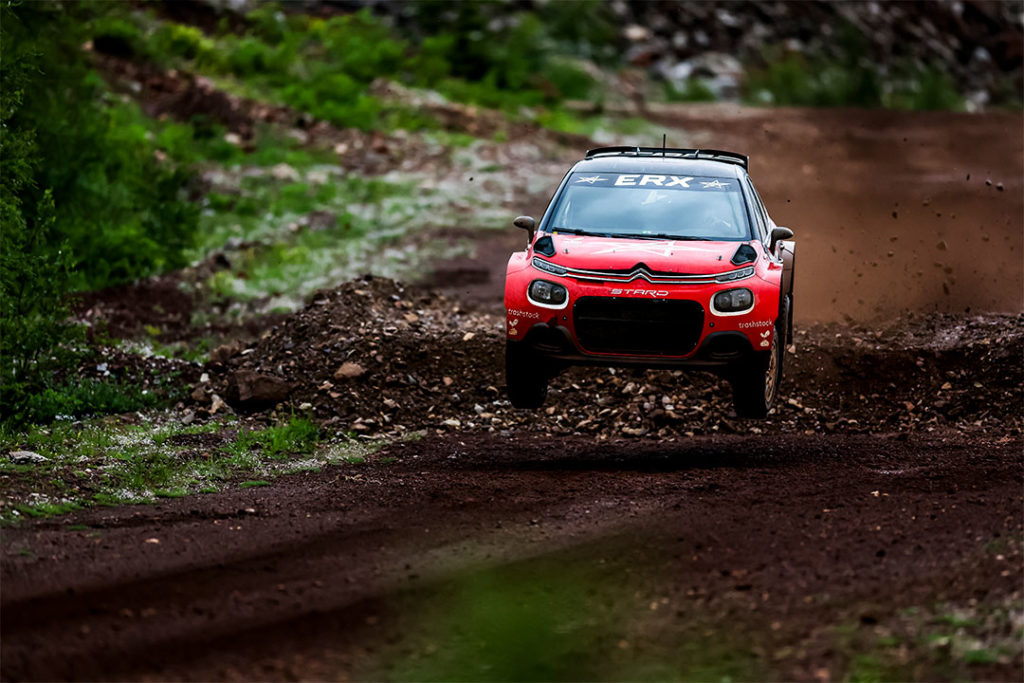
To be sure, this is an incredible lens. And if you need what it does – i.e. produce optically perfect images, in low light, at high magnification – then it’s without a doubt the best option available for the EOS R3 right now.
Autofocus works brilliantly too. Especially in face-recognition and servo mode. In fact it’s precisely this kind of performance I was hoping for – but didn’t get – with the RF 50mm f/1.2L USM (above).
Thankfully the lens also boasts great image stabilization as well. Just as well really, as you’ll need it with something this heavy.
Indeed, the price isn’t the only thing that’s huge here. But the lens is not so big and heavy as to be impractical for handheld use (although a monopod will of course be essential if you plan on holding it up for any amount of time).
Sure, there’s some vignetting detectable at the widest aperture setting. But other than this, the lens is practically flawless optically. Even the bokeh is great.
Just don’t drop it!
Best All-Purpose Zoom Lenses for the Canon EOS R3
Canon RF 28-70mm f/2L USM
If I were looking for a versatile zoom to cover the majority of my daily shooting needs with the R3, this would be the lens I would choose.
It’s very fast, very sharp, and covers all the focal lengths I most commonly use. Not a difficult decision to make to be honest.
Still need persuading? Here’s a slightly more in-depth summary of what this lens has going for it.
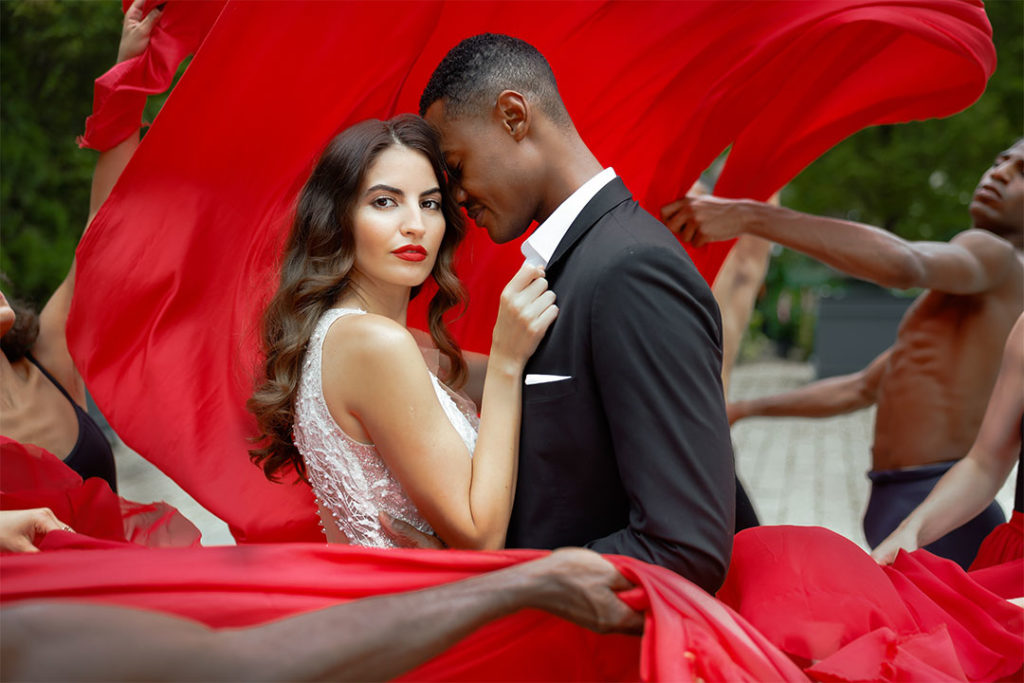
Top of the list is image quality. In fact, whether you’re shooting at the 28mm or the 70mm zoom settings, the lens is amazingly sharp, pretty much across the frame – and even at f/2. That’s superb performance!
There is a touch of barrel distortion and moderate vignetting when using the lens wide-open with the in-camera corrections switched off.
But nothing to worry about. Although be aware that you’ll likely end up with heavy flaring if shooting directly into the light, so use of the lens hood is recommended for back-lit subjects.
Beyond optics, the main draw of this lens is its supremely fast maximum aperture. And importantly for a lens with such a wide diaphragm, bokeh is smooth and very pleasing to the eye too.
So you’ll probably find yourself shooting wide-open as often as possible to be honest.
Finally, autofocus is silent and incredibly snappy, and eye-AF works brilliantly.
Clearly these last couple of points combine to make this a great choice of lens for portraits, travel, events, and documentary photography. But I’m sure that creative photographers of all genres could find ways to make this thing work for them
So let’s just recap a second; incredible image quality; lightening fast focusing, and a very bright and constant maximum aperture.
I think we can agree that it doesn’t come much better than this in a standard zoom. Highly recommended!
Canon RF 24-70mm f/2.8L IS USM
Yes, I know. Some people just prefer wide angle lenses. And who am I to tell you not to use them if that’s your preference?
And if you really must, the RF 24-70mm f/2.8L is also a great option for the EOS R3.
Just keep in mind that what you gain in zoom reach, you lose in light-gathering capabilities.
That’s not a trade-off that makes any sense to me personally. But if you are a landscape, interiors, or architectural photographer, I realize that it’s likely to be a very different story for you.
Indeed, if you mainly shoot one or more of these genres, you will probably never venture near the maximum aperture setting at all. So no loss, right?
Meanwhile those extra 4 degrees of wide angle reach can make all the difference between getting the shot, or not.
In which case, the RF 24-70mm f/2.8L will leave you wanting for very little.
As with the 28-70mm (above), the 24-70mm is a very big and sturdy lens; and this despite not being made of metal, but of engineered plastics.
Thankfully, though, the lens mount is metal and features a weather sealed gasket – just like it’s shorter-range f/2 sibling.
Similarly, autofocus is pretty much instantaneous and invariably extremely accurate. So there’s no compromise here either when compared to the 28-70mm.
Optically, too, this lens is nearly at the same level as the 28-70mm. I mean, even at f/2.8, image quality is superb at the center, and nearly as good at the corners. This performance is fairly consistent throughout the zoom range as well, with just a slight improvement of corner performance around the 50mm setting.
Yes, there’s some noticeable distortion and vignetting if you shoot with the in-camera corrections switched off. But I can see no good reason why you would want to turn them off anyway, so in practice this is a bit of a non-issue.
Finally, the lens is prone to flaring when pointed right into the light. But that’s about it, And all in all, it comes with excellent optics. Indeed, almost as good as with the incredible 28-70mm (above). Heck, even the bokeh is very smooth and attractive!
To sum up, then, those who value a wider angle of view over fast aperture shouldn’t feel like they are missing out on much if they choose this over the 28-70mm version.
In fact, as the 24-70mm also comes with extremely effective image stabilization, arguably this is the better deal. Ultimately though, which version you should choose will depend on your precise needs as a photographer
Canon RF 70-200mm f/2.8 L IS USM
A 28mm (or 24mm) to 70mm zoom will cover most shooting situations. But it won’t cover all.
And most photographers will likely find it helpful to also have something a little longer in their bags.
Especially when a greater degree of magnification is required. Or in those situations where you need to throw the background totally out of focus.
For sure, you could go to the Telephoto Lenses section above, and opt for one of the excellent primes I’ve included there.
But if you’ve already gone the zoom route for your “walkabout” lens, it might make sense to continue in the same direction for your telephoto too.
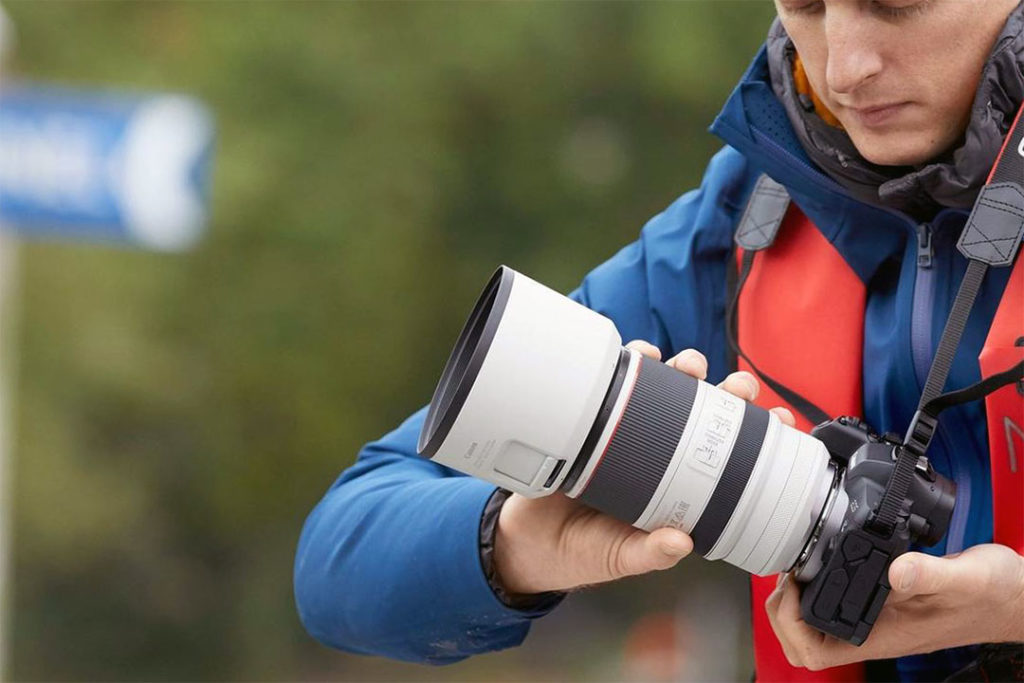
And you could certainly do a lot worse than Canon’s excellent 70-200mm f/2.8L.
Not only does this lens take over where the other two zoom options left off, but it also has rather a lot going for it in its own right.
There’s that fast maximum aperture for a start. It doesn’t quite achieve the same greedy level of light-gathering abilities as its 28-70mm cousin. But f/2.8 on a telephoto zoom is still very impressive.
What’s more, the 70-200mm continues the excellent track record of its shorter relations, in that it comes with super fast and accurate autofocus.
Nor does this lens let the side down when it comes to image quality either. At the 70mm position, center sharpness is superb, and the corners only marginally less impressive.
And that’s at maximum aperture, so you can probably imagine that this edge-softness vanishes altogether once you stop down even slightly.
Things stay pretty much the same as we work through the zoom range, too; incredible center sharpness and contrast, with just a tiny drop in performance towards the extremities of the frame.
Should you be inclined to turn off in-camera lens corrections, you will definitely notice a heavy dose of vignetting.
Particularly towards the 200mm mark. But precisely why you would want to turn corrections off during everyday use – as opposed to an artificial lens testing situation such as this one – I’m not entirely sure.
Overall, then, this is a great lens. And while it’s not exactly small, it does pack away into something surprisingly neat and compact. So there’s no reason to object on size grounds either.
Not cheap though, of course. But I definitely think that you get what you pay for here.
Resources
EOS R3 Specifications
| Body type | SLR-style mirrorless |
|---|---|
| Max resolution | 6000 x 4000 |
| Effective pixels | 24 megapixels |
| Sensor size | Full frame (36 x 24 mm) |
| Sensor type | Stacked CMOS |
| ISO | Auto, 100-102400 (expands to 50-204800) |
| Lens mount | Canon RF |
| Focal length mult. | 1× |
| Articulated LCD | Fully articulated |
| Screen size | 3.2″ |
| Screen dots | 4,150,000 |
| Max shutter speed | 1/8000 sec |
| Format | MPEG-4, H.264, H.265 |
| Storage types | SD/SDHC/SDXC (UHS-II supported) + CFexpress Type B |
| USB | USB 3.2 Gen 2 (10 GBit/sec) |
| Weight (inc. batteries) | 1015 g (2.24 lb / 35.80 oz) |
| Dimensions | 150 x 143 x 87 mm (5.91 x 5.63 x 3.43″) |
| GPS | Built-in |
Links
Final Thoughts
If you’re seeking action, look no further. The EOS R3 is a high caliber photographic weapon capable of stopping even the biggest of game in its tracks.
But in order to maximize upon the camera’s impressive specs, and do it true justice, you will want to invest in some equally state-of-the-art optics. Anything less, and you compromise your initial investment in the R3.
As an example, it’s all very well that the R3 body comes with a beautiful full-frame sensor, but this sensor is only as good as the glass you put in front of it.
Cheap optics will result in blurry and ill-defined images, no matter how good that sensor may be.
And while the R3 can manage impressive burst rates, and offers high-ISO shooting with little compromise in image quality, putting a slow and mediocre lens on the camera would only cancel out much of this advantage.
In short, if you’ve invested in the photographic powerhouse that is the Canon EOS R3, for sports photography, wildlife, or more, you will also want to invest in some equally high quality lenses.
I stand by all the recommendations I’ve made here. Choose the lens, or lenses, from among these that best suit your style of photography, and I’m sure you won’t regret it.
Would you recommend something that I haven’t included in my guide to the best lenses for the Canon EOS R3? Which RF lenses are you currently using with the R3? I’d love to hear about your experiences in the comments section below!

